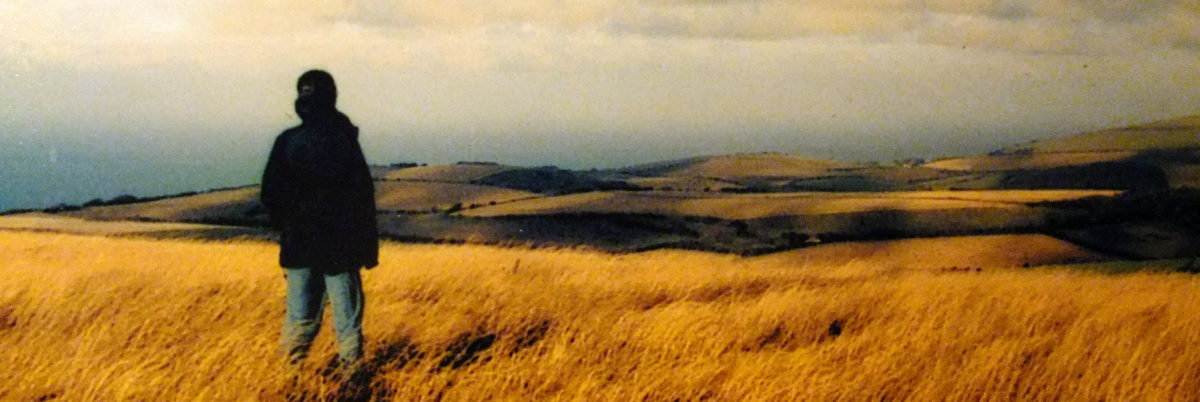
On my desk is a circle of polished black prayer beads. I brought them back from Nepal after trekking there with friends. Remembering Nepal, I especially recall the little children, and how they ran the steep Himalayan trails, easily passing us panting hikers. As they ran past, they brought their palms together at heart level and greeted us. Namaste. We responded, holding our hands as they did. Namaste. I bow to the Holy within you.
I bring my hands together again in that movement and whisper namaste. How essential my hands are in opening me to the Holy! All faith traditions use hands in their practices. In the Jewish tradition, one touches a mezuzah on the doorpost, a reminder of the covenant with God. There’s the Christian gesture of the sign of the Cross, and, of course, the worldwide use of prayer beads to guide prayer.
Much as I talk with my hands in ordinary conversation, expressing gladness or pain, enthusiasm or doubt, my hands also participate in my conversation with the Divine. My prayer may be the open hands of “God, here I am,” the folded hands of childhood’s “Now I lay me down to sleep,” the clenched fists of “Help, God! I am in pain.” I express gratitude and remorse, awe and yearning in my prayer simply by using my hands.
Some of my friends are knitters who find the repetition of stitches centers their prayerful meditation. One person told me she washes dishes and prays for people in her life with each piece she washes. One plate; one friend. I remember the father who prayerfully lifted his children into God’s love as he folded each child’s clothing fresh from the dryer.
What other hand activities could open us to the Holy? Could texting or emailing become openings to the Holy? What if I began and ended these activities with a gesture expressing a desire to be loving and wise through my communication? We could create a new hand prayer by holding our hands quiet for a moment and offering the next email, the next text to God.
Planting my garden this spring has been prayerful. As my hands extracted each plant from its tiny pot and pressed it securely into its new home, I gave thanks. As I planted a row of cucumber seeds, as I lightly covered a row of beet seeds, I was more aware of the tiny holy miracle I touched.
The use of beads is a very familiar way of praying by hand. Christians, Buddhists, Hindus, and Muslims all use circles of beads on a string. Each religion has traditional prayers to repeat as one passes the beads through one’s hands, traditional words that express something of the heart of the faith tradition. Repeating the same phrase or sentence over and over again can engrain it within our hearts and renew our intention to be open to God. When our attention drifts away from the prayer, our hands can draw us back again.

I often use non-traditional words with beads. I pass my circle of prayer beads slowly through my hands as I name people and situations for which I am grateful. I hold each bead and give thanks, then pass to the next bead. One grandchild; one bead. At times, I focus on people and situations about which I feel great concern, naming my desire that there may be healing as beads pass through my hands.
Our hands are magnificent tools for prayer. May they continue to open us to the Holy.














